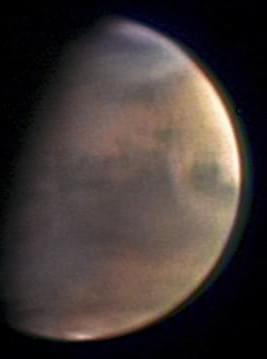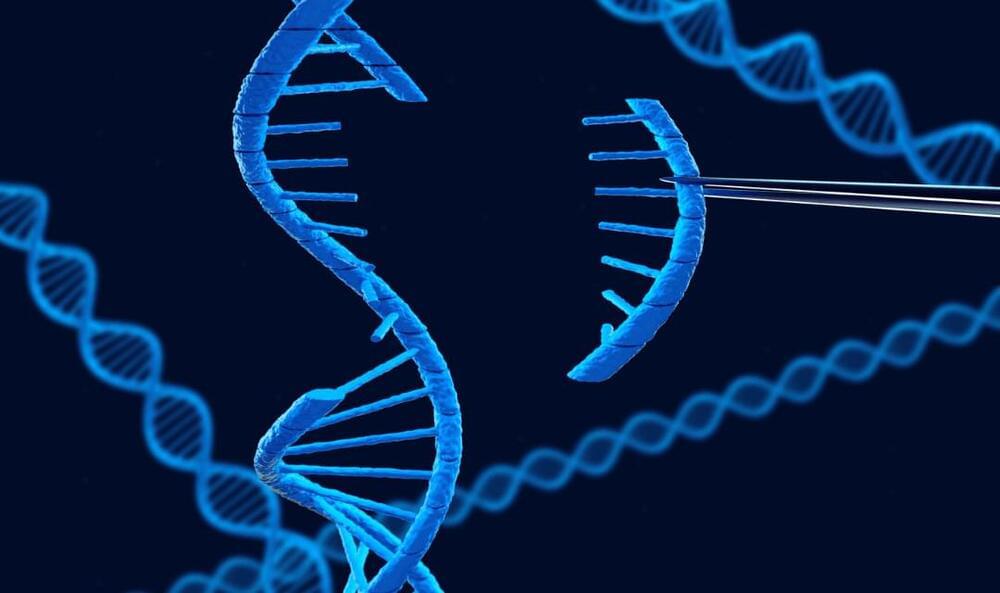Summary: Researchers unveiled the most comprehensive connectome of the adult fruit fly nerve cord, analogous to the human spinal cord, providing an exceptional resource for the scientific community.
The connectome, constructed from about 23,000 neurons, reveals the intricate network controlling the fly’s motor functions. New insights have already emerged from the data, challenging previous theories on fly movement.
This achievement not only advances understanding of fruit fly neurology, but also serves as a model for similar future projects.


